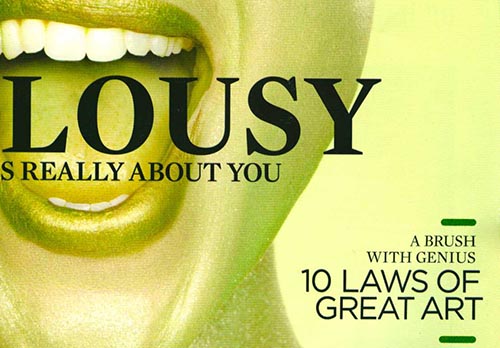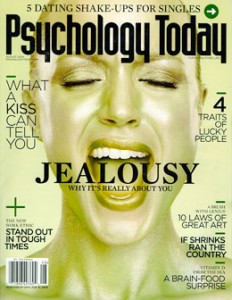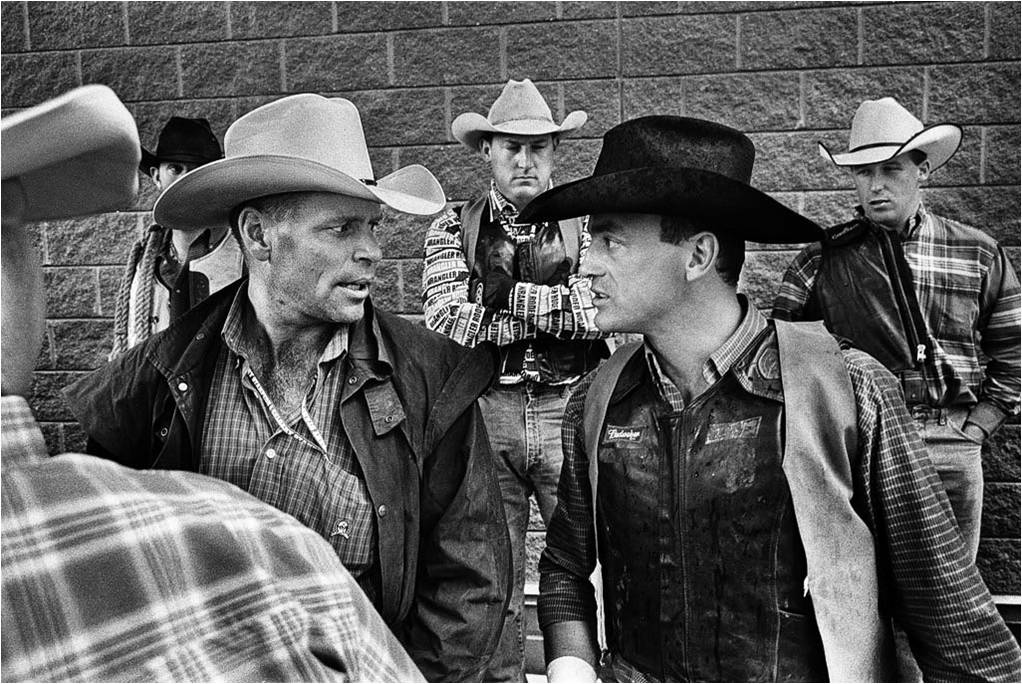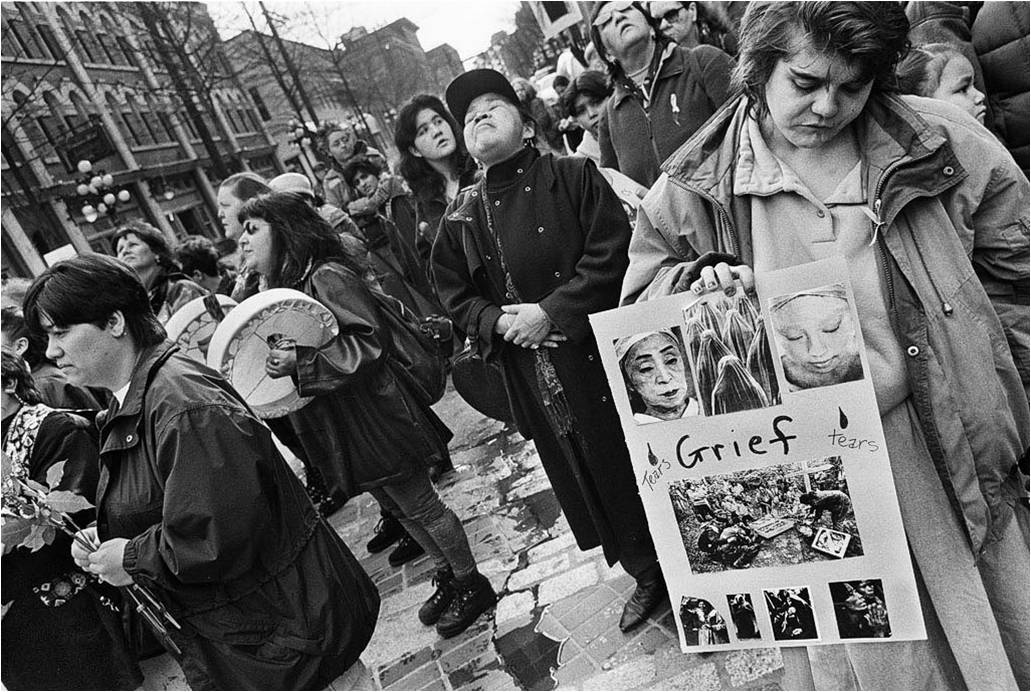
Jonah Lehrer writes a fascinating article in the July, 2009 Psychology Today about what we are leaning about human vision and about how our brain interprets that information. Unfortunately the Psychology Today headline writer calls the ideas that Lehrer teases out “laws” on the cover. This butchers the scientific meaning of “law” and is a LOUSY thing to do. Nowhere in Lehrer’s article, titled “Unlocking the Mysteries of the Artistic Mind,” does he talk about “laws”. Instead he identifies ten perceptual principles of great art. Here are a couple of them; you will have to buy the magazine to get the rest:
“BALANCE: Successful art makes use of its entire representational space, and spreads its information across the entire canvas.
ISOLATION: Sometimes less in more. By reducing reality to its most essential features – think a Matisse that is all bright color and sharp silhouettes – artists amplify the sensory signals we normally search for.”
Will understanding the principles lead directly to you or I making great art? That is a LOUSY idea, something Lehrer acknowledges when he quotes V. S. Ramachandran, the UC San Diego scientist who had done many of the studies that form the basis of his article as saying, “Anybody can learn these visual rules, but you still need talent and training in order to turn them in to fine art.”
 Is knowing the rules a good idea? Sure. Knowing these and much more equips the artist, and the art critic, with a more capable tool kit. Still knowing the rules only gets one so far. It’s the difference between knowing the notes on the piano and being able to make great music. As I write this I think of all those who have struggled to learn the zone system only to wind up with a closet full of technically perfect but emotionally dead negatives.
Is knowing the rules a good idea? Sure. Knowing these and much more equips the artist, and the art critic, with a more capable tool kit. Still knowing the rules only gets one so far. It’s the difference between knowing the notes on the piano and being able to make great music. As I write this I think of all those who have struggled to learn the zone system only to wind up with a closet full of technically perfect but emotionally dead negatives.
Whats more, the rules of art are mainly derived a posteriori. That is we or society first identifies a work as great art, then we go seeking information on why we respond to say, the Mona Lisa, the way we do. They give us no information on how to set out to make great art.
Art is fundamentally an emotional quest. Ramachandran, with his brain imaging, reveals a neuroasethetic and gives some glimpses of why art works. The question remains open, “What drives some of us to make emotionally expressive art?”
BTW – Art is the product of our decisions. In this context I’m enjoying reading Lehrer’s recent book, “How We Decide.”

